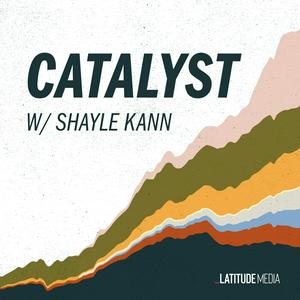What’s next for the battery storage boom? [partner content]
The U.S. storage market is experiencing hockey-stick growth, with multiple gigawatts being installed quarterly. But new policy uncertainties around tariffs and the Inflation Reduction Act are threatening this momentum.
But Jeff Waters, the CEO of Powin, remains optimistic.
"This industry will figure out a way to work with it," says Waters, who brings decades of experience from the semiconductor and solar industries. "What we're doing is important."
Powin is a leading storage integrator that designs, commissions, and services some of the largest utility-scale batteries in the world. As Waters puts it, "If you are a utility or if you are an IPP, if you want to integrate storage and own and operate a storage asset, we are that one throat to choke."
In this episode, produced in partnership with Powin, Stephen Lacey talks with Jeff about why he's still optimistic about the market despite significant headwinds. Drawing from his experience in semiconductors, Waters makes a case for how America should approach domestic battery manufacturing.
"When I hear people talk about storage and say, 'We don't want Chinese companies investing or getting taxpayer money to build plants,' I think it's a ridiculous notion," Waters explains. "The only way we're going to get anywhere in the U.S. market with storage is by partnering with the Chinese."
They discuss the extraordinary scaling of project sizes, the surge in electricity demand from data centers, technology trends beyond lithium-iron phosphate batteries, diverse deployment models, regional market opportunities, and the remarkable resilience of an industry used to navigating policy volatility.
This is a partner episode, brought to you by Powin. Powin is pushing the frontiers of energy storage. To learn more about Powin's integrated energy storage systems and to read case studies of how the company is executing projects, go to powin.com.
